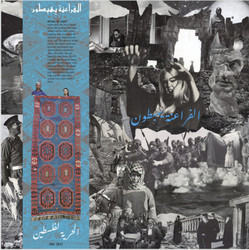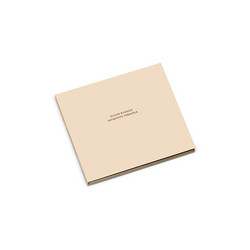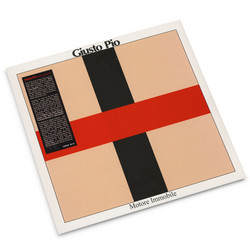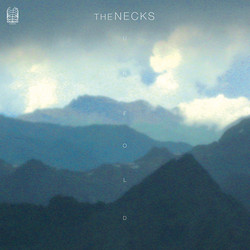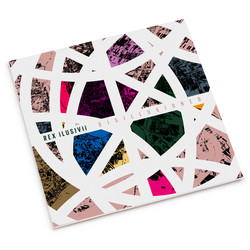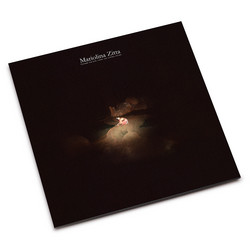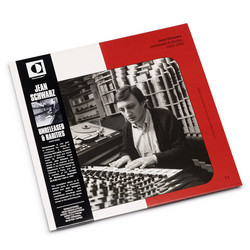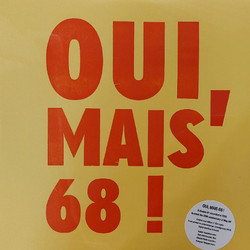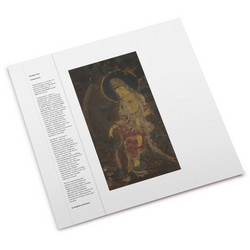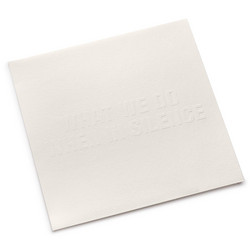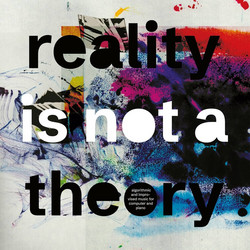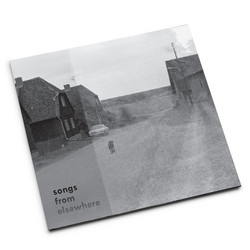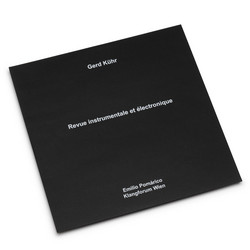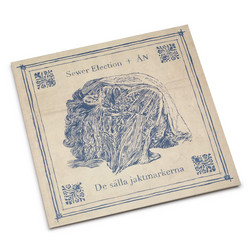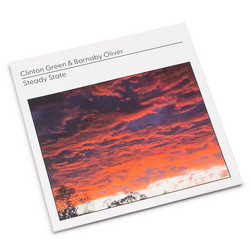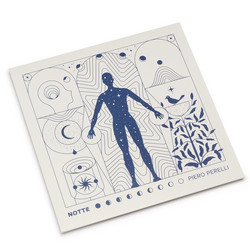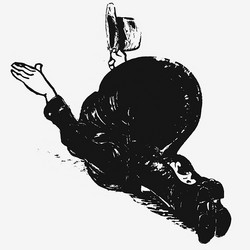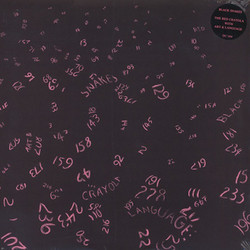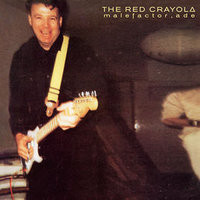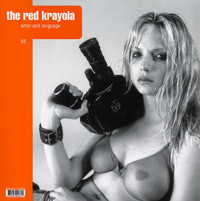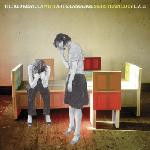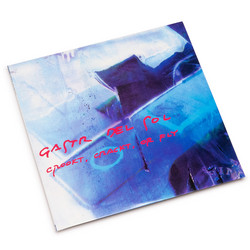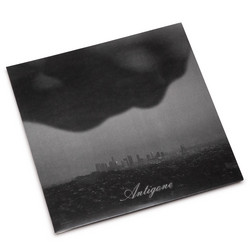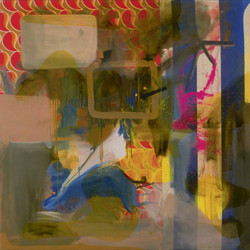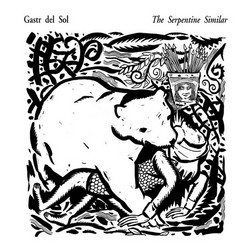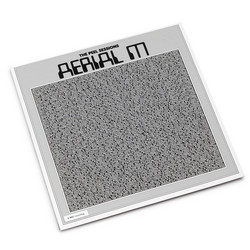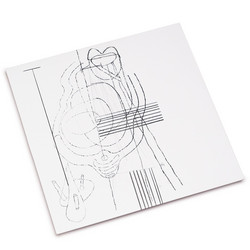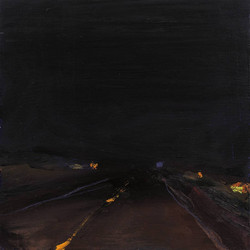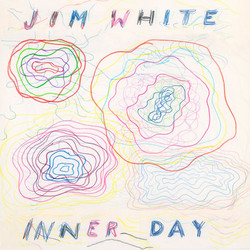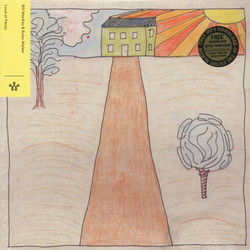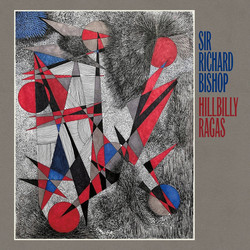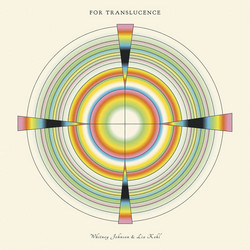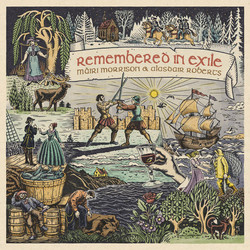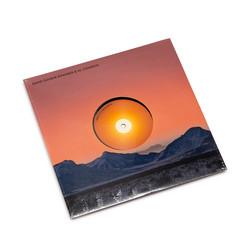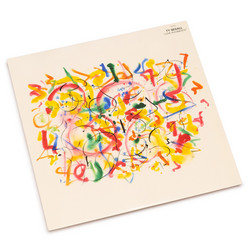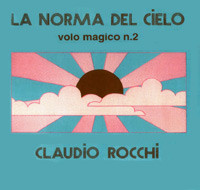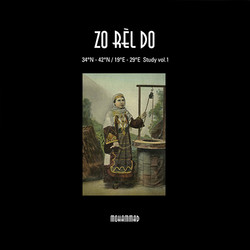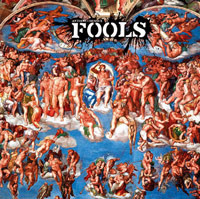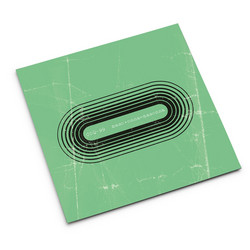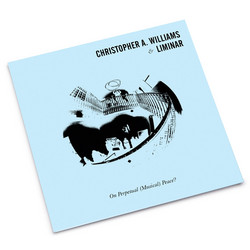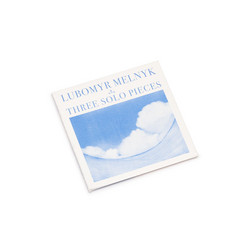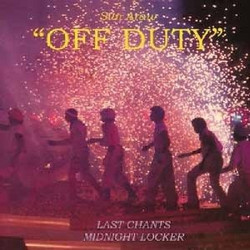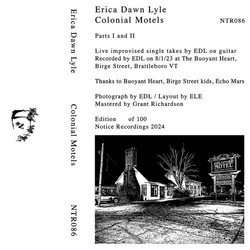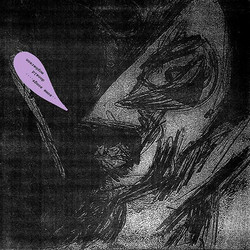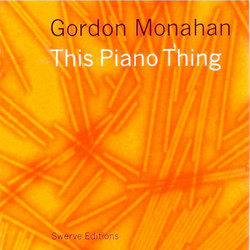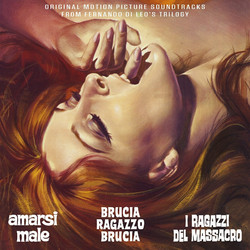“Ridges and creases / high on the middle forehead / The right temple near the eyebrow / A small ridge under the right eye / The right side of the tip of the nose / The opening of the right nostril / The middle lower lip / The inner ear of the right ear.” Can you tell who it is yet? It’s George W. Bush, of course, or at least part of his head, as seen (or rather heard) in the second of five “American portraits” in words and music by legendary experimental rock outfit the Red Krayola, in collaboration with conceptual art collective Art & Language. Individually, each group’s work goes back over four decades. Mayo Thompson’s Red Crayola (before a legally necessitated spelling change) started life as a Texan psychedelic rock trio before going on over numerous line-ups to showcase freeform jams, freak folk, avant punk, and jazz. Since the late 1960s, Art & Language have tested the limits of conceptual art and the relationship between words and visual representation from bases in the UK and USA. Previous collaborations between RK and A&L have led to the release of a handful of albums. Contributors to the latest project include Victim drummer Alex Dower, Gina Birch of the Raincoats, and Tom Rogerson of Three Trapped Tigers. The subjects of Five American Portraits—Wile E. Coyote, Bush, Jimmy Carter, John Wayne, Ad Reinhardt—are described in an equally bizarre and painstaking manner. These are not portraits in the manner of audiovisual biographical profiles. Neither are they documentaries in the conventional sense. What they document—at least at the verbal level—are not the chronologies or deeds of these well-known individuals, but rather literal descriptions of visual representations of them. Red Krayola and Art & Language have hinted at such work before with tracks such as “Portrait of V.I. Lenin in the Style of Jackson Pollock” (from the 1981 album Kangaroo?) and pictures such as “Portrait of George W. Bush Wearing a Cowboy Hat in the Style of Jackson Pollock’s ‘Mural (Untitled), 1950’” (from a 2007 exhibition), but this album stands alone as an attempt at verbal description of visual delineation. In the face of the sheer weirdness of the proceedings, one is forced to reflect on the nature of portraiture and to consider fundamental issues at stake in these particular portraits regarding selectivity and neutrality. Any form of representation such as this is inevitably going to be reductive. What becomes apparent here is the actual impossibility involved not only in the attempt to describe every detail you can see (try it), but even to translate an already selective representation from one medium to another. These seemingly infinitely demanding descriptions—“a shadow to the lower right of the tip of the nose / the lower edge of the upper left eyelid / light reflected in the iris of the left eye / grey hair falling from the left temple to the sideburn / the inside of the left side of the mouth / the inside of the right side of the mouth / of President Jimmy Carter”—show us the inexhaustibility of literal description and the necessity for selection. As for neutrality, the words certainly seem neutral, but, as visual art has taught us, neutrality cannot exist in representation. Or rather, neutrality is as illusory as representation itself; the processes of selection and framing are already a violation of what neutrality promises. These are portraits which don’t have a specific source. How can we know, apart from the repeated references to their subjects and the titles they are given that these really are portraits of specific people? And, as portraits of portraits, how can they in any way really capture their subjects? What are the subjects: the people or the pictures being described? The answers lie to a certain extent in the music used to accompany the descriptions. Indeed, here is an album that magnificently calls for meaning to be laid in the musical rather than the verbal (which is not to say the vocal—voices do important things here too). “Jimmy Carter”, for example, has its delineation filled out by the edgy jazziness of its exploratory drum rhythm, occasional distorted guitar, and some non-verbal “improvised” singing. “John Wayne”, the longest piece on the album, features three and a half minutes of piano and pounding drums before a word is uttered, while “Ad Reinhardt” is 50 percent instrumental. The main strategy employed throughout, however, is to use elements from recognizable tunes to comment on and fill out the subject matter. “George W. Bush” makes room for “The Eyes of Texas” (the University of Texas song based on “I’ve Been Working on the Railroad”); “Jimmy Carter” incorporates “Georgia on My Mind” and “Dixie’s Land”; and “Ad Reinhardt” is based on Mozart’s Piano Sonata No. 6 while also gesturing towards the Rolling Stones’ “Paint it Black” (a reference to Reinhardt’s black paintings). Beyond the use of preexisting material, there is also the manner in which the words are delivered. These are amongst the least conventional “lyrics” you could imagine, yet there is an extraordinary variety of vocal moods and colorings employed throughout. The flat description of “Bush” quoted above, for example, is made memorable and (disturbingly) moving by being sung in a manner that suggests each line leads semantically to the next, that there is actually a purposeful narrative being presented. Lines such as “a portion of the hair at the middle front / a portion of the hair as it touches the left forehead” are given quasi-religious significance through a lifting of the voice and the addition of a monk-like backing chant. Piano, subdued drums and an emotional straining and stretching of the voice add detail to “the laryngeal region of President George W. Bush”. “Ad Reinhardt” is delivered in an operatic warble set atop a piano part that is equally performative in its nod towards the classical concert hall. The extent to which the musical elements can fill in the details left by the otherwise flat descriptions of these subjects remains as debatable as it does in instrumental profiles of individuals in classical music. If beauty and exquisite musicianship, for example, are to be taken as tokens of sympathy for one’s subject, then one is forced into the difficulty of knowing what to make of the fact that “George W. Bush” is by far the most “sympathetic” portrait here. Or are we to take its devious simplicity as a sign of, well, devious simplicity? Or perhaps a statement on the conservatism of pleasure, against which we might then praise the progressive, exploratory nature of “Jimmy Carter”? There are no obvious clues to guide us. Writing in The Wire in 2005, David Keenan suggested that Thompson’s work with Art & Language attempted “to undermine song conventions by making overt the cheap emotional / political shorthand and organised euphoria that so often pass for rock and pop dialogue.” Perhaps so, but rock and pop need hardly be the objects of criticism here anymore than in the blank-faced, message-less reflections of organized euphoria found in the work of Slovenian rockers Laibach. Politics itself is more than capable of constructing its own “cheap ... euphoria”, a fact which rock and pop music’s performative practices are ideally placed to highlight (Laibach’s point, surely). So too with the art world, the very raison d’être for the emergence of conceptualists like Art & Language. Ultimately, what listeners make of this set of audio portraits may well come down to what they make of conceptual art itself. For those who follow Keenan’s line, the album can be seen as another deconstruction of the illusory relationship between words, music, and emotion that popular music supposedly feeds us. For many, though, it will be too neutral, will say too little, its problem residing precisely in its avoidance of euphoria or opinion. Few will wish to respond to the album with similar neutrality and it is bound to further polarize opinion concerning this continually intriguing collective.
Details
Cat. number: dc384cd
Year: 2010

